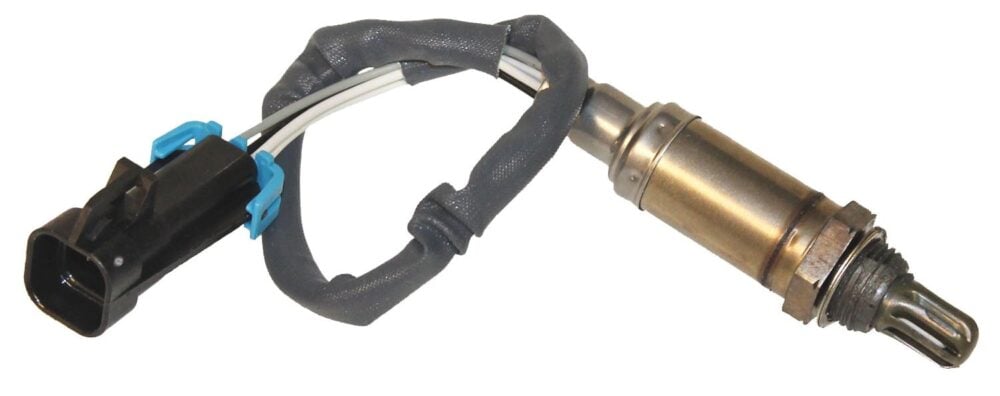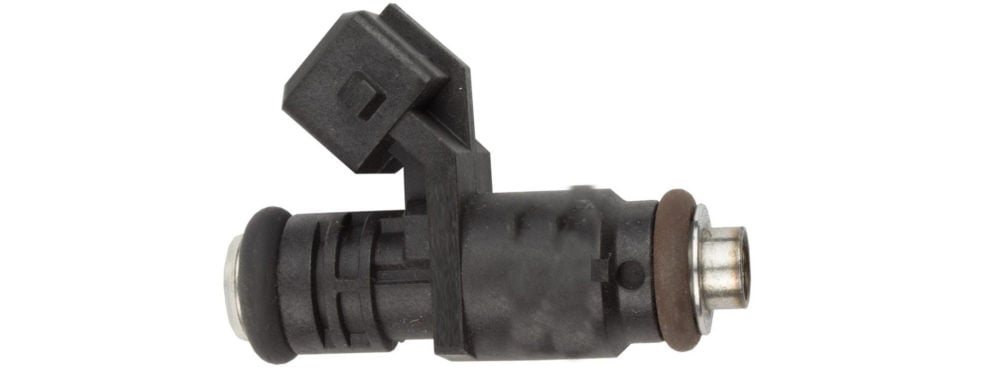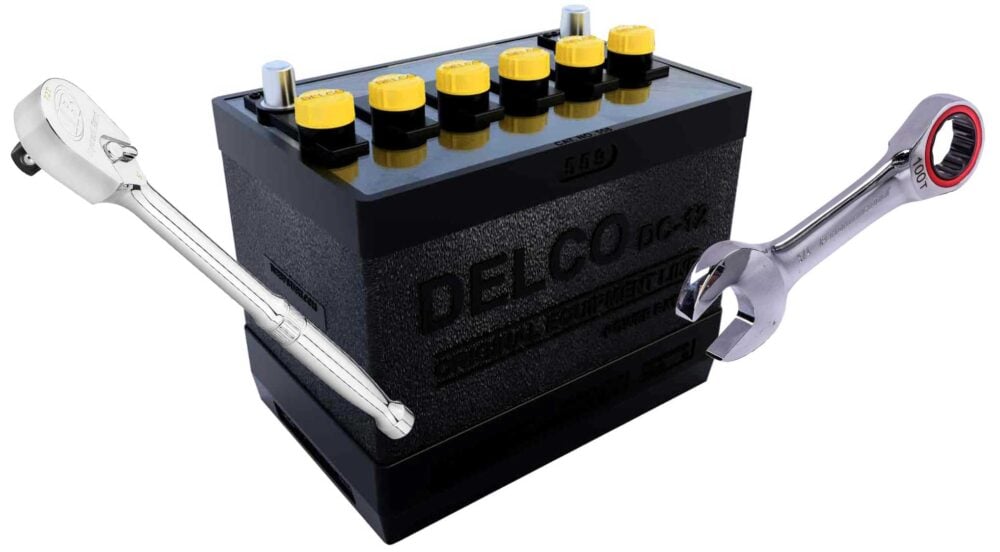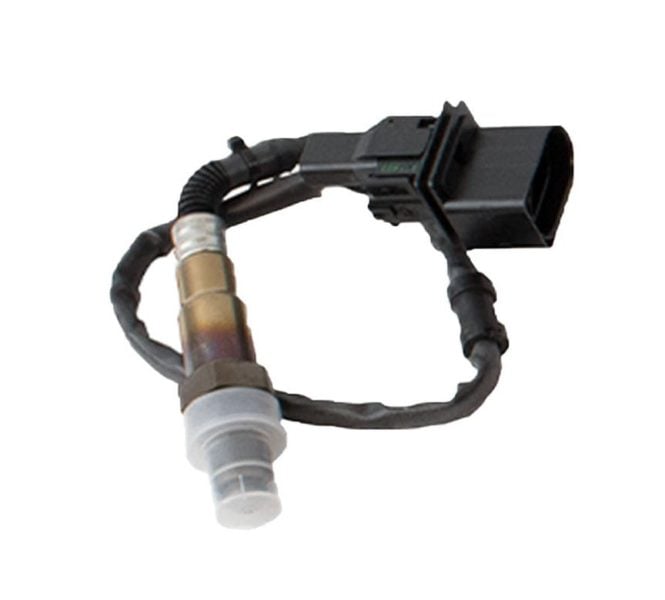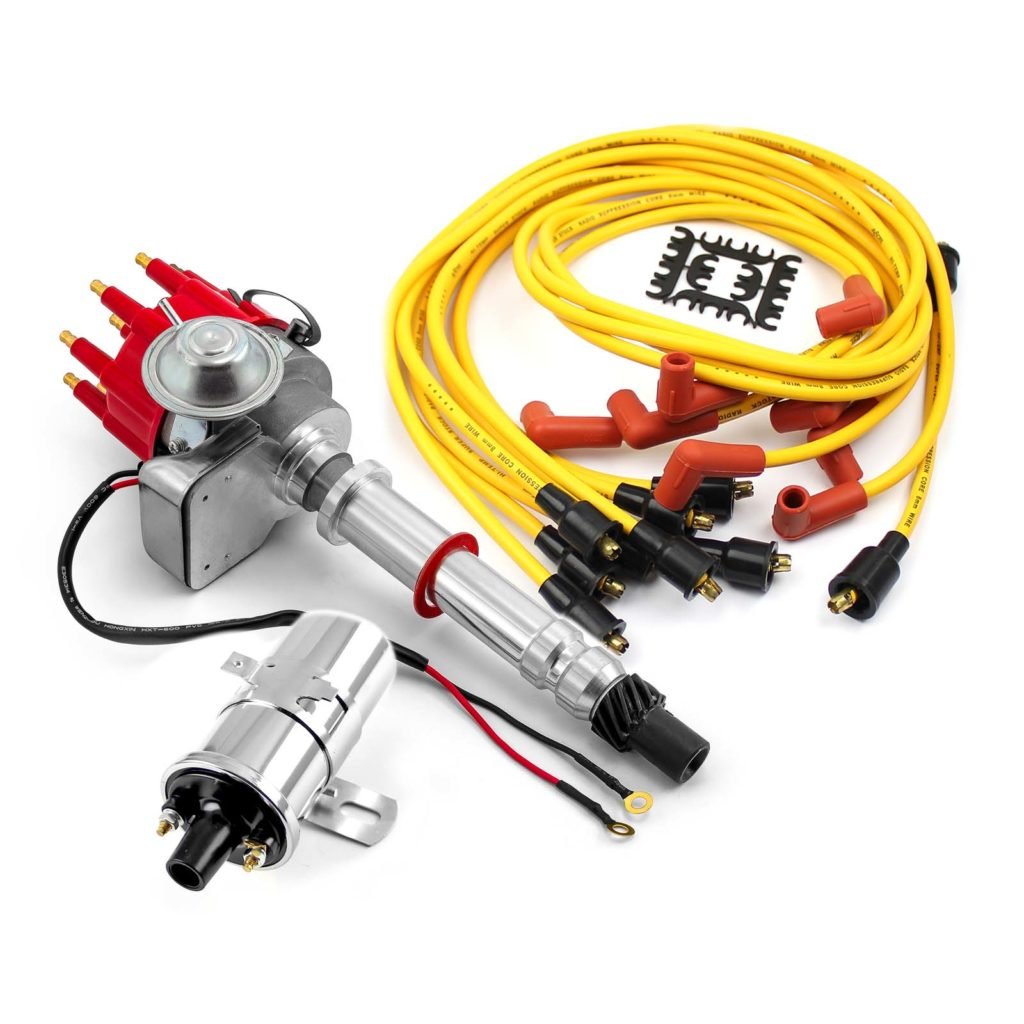
The ignition system is a critical part of a gasoline internal combustion engine, as it is responsible for the combustion of fuel at the right time. The truck or car ignition system, like most automotive components, has come a long way, having significantly evolved from the early days. A malfunctioning ignition system can cause a plethora of issues, including a vehicle not starting at all. Therefore, it's essential to understand the job of the ignition system and the types of ignition systems that may be found in your car.
Of course, all ignition systems draw their energy from the alternator, as well as the car battery, so when diagnosing a faulty ignition system, it is essential to check these components as well before zeroing in on the ignition system. The first port of call should be the battery, which can easily be checked by turning on the headlamps and/or sounding the horn. If the headlamps are weak and the horn is meek, the battery is likely at fault. Verifying the alternator and charging system can be done via a multimeter with the engine running, and most vehicles will illuminate a warning lamp if there is a malfunction in the charging system.
Looking for ignition system kits for your car? We’ve got a broad range from established manufacturers, including the trusted range of Holley Sniper ignition systems.
What Does An Ignition System Do?
Once the carburetor or electronic fuel injection system has combined air and fuel and sent it into the cylinders, where it has been compressed, the ignition system’s job is to generate and send enough electrical energy to fire the spark plug as the cylinder is at top dead center (full compression) to ignite the mixture and create the explosive bang of power. As you can imagine, if this does not happen while the starter motor is cranking the engine, the engine will not start and run under its own power, and if this happens while the car is being driven, there can be many issues, including unusual vibration, hesitation, misfiring, power loss, and poor fuel economy.
What Are The Three Types Of Ignition Systems?
Before we dive into the specific types of ignition systems, let's take a moment to understand the fundamental components common to all ignition systems. Regardless of the type, an ignition system comprises essential elements, including:
- Spark Plug: The spark plug is the ignition system's business end. It consists of an electrode gap where the spark is generated to ignite the air-fuel mixture in the engine's cylinders.
- Ignition Coil: The ignition coil is responsible for transforming the low-voltage electrical current from the battery into a high-voltage current capable of producing a spark at the spark plug.
- Distributor (in some systems): In traditional ignition systems, a distributor is used to distribute the high-voltage current from the ignition coil to the individual spark plugs in a specific firing order.
Now, let's explore the three primary types of ignition systems commonly found in vehicles:
Distributor-Based Breaker Point Ignition System (Mechanical)
One of the early methods of ignition, this is a totally mechanical system that uses a distributor and distributor shaft to create mechanically timed ignition as per the rotation of the engine. The distributor shaft rotates and contacts breaker points, which, as the name suggests, break or interrupt current flow to an electrical component known as the ignition coil, which contains a primary and secondary winding, much like a transformer. The break in current to the primary winding causes a significant current surge to be generated in the secondary coil, which is sent to the relevant spark plug via the distributor cap. A condenser keeps the breaker points from arcing each time they separate.
Pros:
- Very easy to maintain, as totally mechanical
Cons:
- The most unreliable system and may require adjustment and/or replacement of components every 12,000 miles or so.
- Deterioration of the system due to use can cause engine misfires and issues.
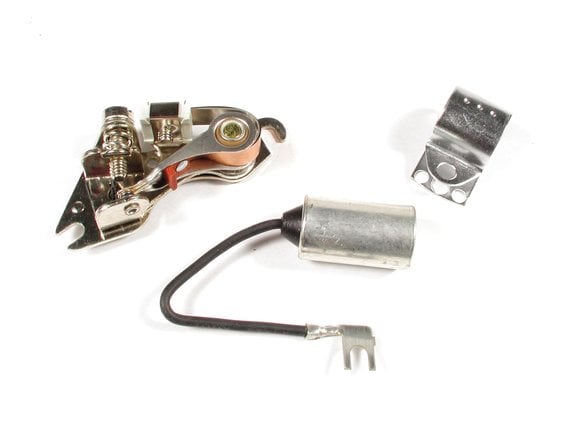
Distributor-Based Electronic Ignition System
The distributor-based ignition system is extremely popular, and uses a distributor in conjunction with electronic ignition components that send power to an ignition coil in order to create the high voltage spark required. This is an electro-mechanical system, as the distributor spins mechanically, but the unreliable breaker points are replaced with a pickup coil to detect the position of the distributor rotor.
Pros:
- Solid reliability and dependable performance.
Cons:
- Limited in scope of altering spark timing and characteristics in comparison with newer systems.
- The presence of the distributor represents a mechanical component that is subject to wear and tear.
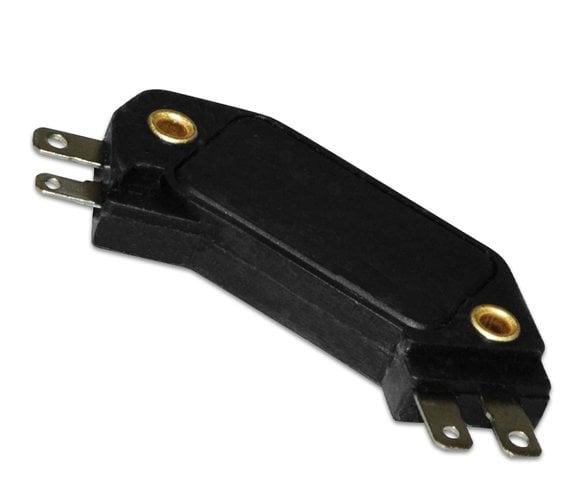
Distributor-less Ignition System (Waste Spark)
The distributor is still a mechanical component subject to wear and tear. The early efforts at replacing the distributor completely resulted in the wasted spark system. This uses ignition coils, typically one for every two cylinders. That is the reason why this system is called a wasted spark, as when one cylinder is being fired at the end of the compression stroke, another cylinder is being fired at the end of the exhaust stroke. Thus the spark in that cylinder is a wasted effort. The ECU uses sensors such as the crankshaft sensor and camshaft sensor to determine the correct moment to fire the spark plugs.
Pros:
- More reliable than distributor-based systems
- Offers precise spark timing
Cons:
- Expensive to repair
- Requires specialized platinum plugs due to wasted spark characteristic.
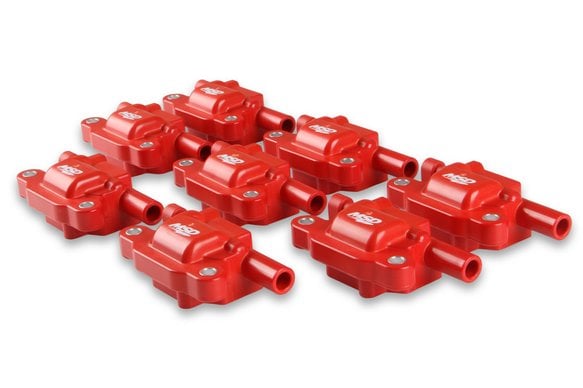
Coil-On-Plug Ignition System
The coil-on-plug system removes the high voltage spark plug wires that all other systems possess, by placing an ignition coil atop each spark plug, which is individually controlled by the ECU, using a myriad of sensors. The moment of spark firing, as well as its strength and duration, can be controlled as well. This is the most sophisticated ignition system currently in use.
Pros:
- The most efficient due to its ability to generate a high-voltage, consistent spark.
- Precise spark timing for maximum power and fuel economy.
- No moving parts or spark plug wires to repair enhance reliability.
Cons:
- Repairs are expensive, particularly ignition coil replacement.
- Harder to diagnose ignition system faults without an OBD scanner.
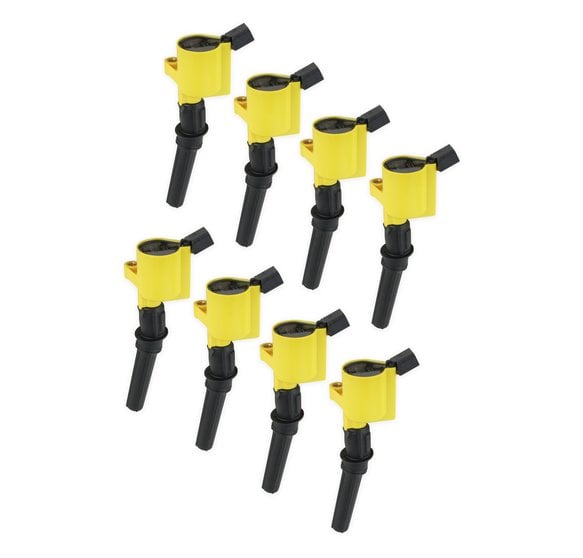
Ignition Systems And More From JEGS
JEGS was founded in 1960 by Jeg Coughlin and is now in the capable hands of his sons. JEGS still maintains a physical brick-and-mortar store in Columbus, Ohio, as well as an excellent e-commerce portal accessible via their website. On the website, you can browse through an inventory of thousands of performance parts from hundreds of renowned manufacturers, backed by robust after-sales service, warranties wherever applicable, and competitive prices. If you’re unsure of what’s best for your vehicle, the JEGS team is always on hand to offer expert advice and solutions. Choose JEGS for your performance parts, and you’ll never need to shop around again.
